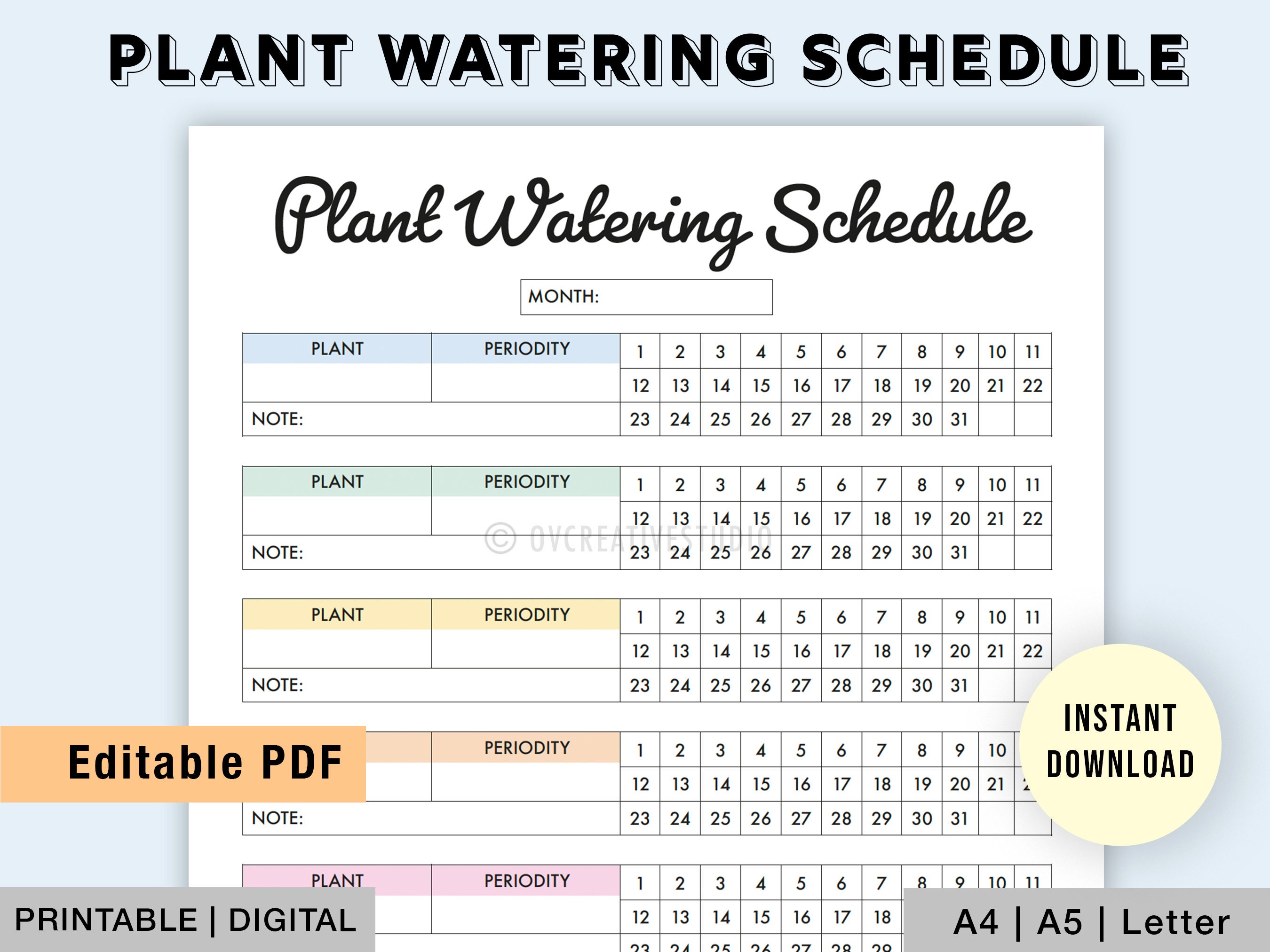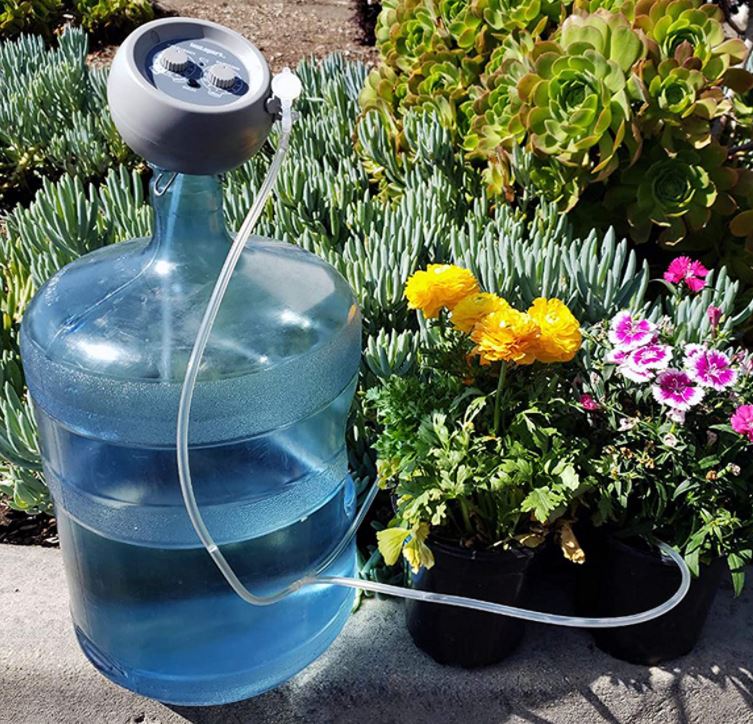How to Water Houseplants: Tips & Tricks
/GettyImages-523556424-590a39bb5f9b5864703aef57.jpg)
Have you ever wondered why some people seem to have a green thumb while others struggle to keep even the hardiest of houseplants alive? The secret often lies in understanding the art of watering. Just like Goldilocks, you need to find the balance that's "just right" for your indoor plants. Too much or too little water can spell disaster, but with our comprehensive guide on watering tips for houseplants, you'll be nurturing a thriving indoor jungle in no time.
Understanding Houseplant Watering Schedule
Why Timing Matters
Watering your houseplants isn't just about pouring water into the pot; it's about understanding the unique needs of each plant. Different species have different houseplant watering schedules. Some, like succulents, prefer infrequent but thorough watering, while others, like ferns, need consistent moisture.
Seasonal Adjustments
Just as our water intake varies with the seasons, so does that of our plants. During the growing season (spring and summer), most plants need more frequent watering. In the dormant season (fall and winter), they require less. Adjusting your indoor plant watering schedule accordingly can make a world of difference.
Mastering Watering Techniques
The Soak and Dry Method
One of the most effective watering techniques is the soak and dry method. Here's how it works:
- Soak: Water your plant thoroughly until water runs out of the drainage holes.
- Drain: Allow the excess water to drain completely.
- Dry: Let the top inch or two of soil dry out before watering again.
This method ensures that the roots get the water they need without becoming waterlogged.
Bottom Watering
Another technique is bottom watering. Place your plant in a tray of water and let it absorb water from the bottom up. This method encourages root growth and can be particularly useful for plants that are prone to fungal issues.
Recognizing Overwatering Signs
The Telltale Signs
Overwatering is one of the most common mistakes in plant care tips. Here are some signs to look out for:
- Yellowing Leaves: If the leaves of your plant are turning yellow and falling off, it might be a sign of overwatering.
- Wilting: Despite being watered, the plant looks wilted and droopy.
- Mold or Fungus: The presence of mold or fungus on the soil surface is a clear indication of overwatering.
- Root Rot: Check the roots. If they are black, mushy, or have a foul smell, your plant is likely suffering from root rot due to overwatering.
Preventing Overwatering
To prevent overwatering, ensure your pots have adequate drainage holes. Also, use well-draining soil mixes that allow water to flow through easily.
Additional Plant Care Tips
Choosing the Right Pot
The type of pot you use can significantly impact your houseplant watering schedule. Terracotta pots are porous and allow water to evaporate more quickly, making them ideal for plants that prefer drier conditions. Plastic or glazed pots retain moisture longer, suitable for plants that need consistent watering.
Monitoring Soil Moisture
Investing in a moisture meter can take the guesswork out of watering. These inexpensive tools measure the moisture level in the soil, helping you determine when it's time to water.
Grouping Plants by Water Needs
Grouping plants with similar watering needs can simplify your indoor plant watering routine. For example, keep succulents together and ferns in another group. This way, you can water each group according to their specific needs.
Conclusion
Watering houseplants might seem like a simple task, but it's an art that requires understanding and patience. By following our watering tips for houseplants, you can ensure your indoor plants thrive. Remember, every plant is unique, and finding the right balance is key.
So, are you ready to transform your home into a lush, green oasis? Start by mastering the art of watering, and watch your plants flourish. Happy gardening!
FAQs
How often should I water my houseplants?
- The frequency depends on the type of plant, the size of the pot, and the environmental conditions. Generally, water when the top inch or two of soil feels dry.
Can I use tap water for my houseplants?
- Tap water is generally safe, but it's best to let it sit for 24 hours to allow chlorine to evaporate. Alternatively, use rainwater or filtered water.
What if I forget to water my plants?
- Most plants can recover from a missed watering, but consistent neglect can lead to wilting, leaf drop, and eventually, plant death.
Should I water my plants in the morning or evening?
- Morning is generally the best time to water plants, as it allows the water to be absorbed before the heat of the day.
How can I tell if my plant is underwatered?
- Signs of underwatering include wilting, dry soil, and leaves that are crispy or curling at the edges.


For more in-depth information, check out these authoritative resources:
0 Response to "How to Water Houseplants: Tips & Tricks"
Post a Comment